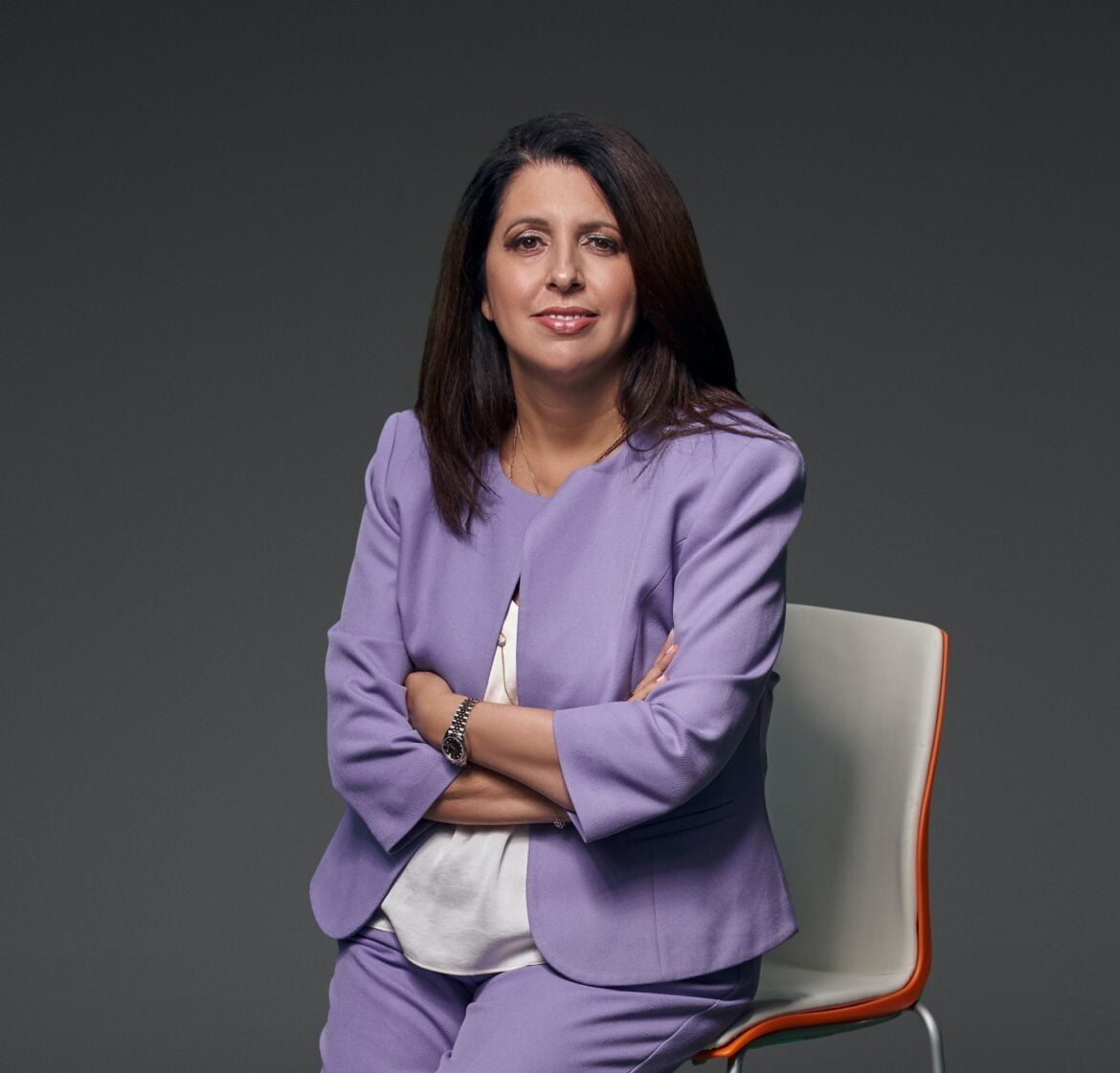One of the most striking things about the Gulf’s evolving sustainability sector is how women have become its vital driving force. This is especially the case when we consider the new energy landscape taking shape in the region and beyond.
At COP28 in Dubai at the end of last year, we saw how integral female leaders were to delivering the presidency’s action agenda. Whether as members of the negotiating teams, as leading advocates championing new initiatives, or as two of the three UAE Presidency leadership teams (H.E. Mariam AlMheiri, H.E. Shamma Al Mazrui, and H.E. Razan Al Mubarak), the UAE’s women lit and carried the torch for climate action and sustainability at the very top tables of decision making on the global stage.
For those of us looking on, from the private sector, we must now emulate and transfer this model set by the COP28 Presidency. This is especially the case in the energy sector – which will decide the speed and scale of our ability to implement the directive of the UAE Consensus, which calls on countries to transition away from fossil fuels to cleaner forms of energy while tripling global renewable energy capacity and doubling energy efficiency by 2030.
Bridging the Gender Gap in the Energy Sector
The energy sector has long been a male-dominated domain. On the global level, while there has been an uptick in female representation, still just over one-fifth (22%) of all people employed in the energy sector are women. That outlook improves slightly in renewable energy-related fields, with just under a third (32%) of employees in renewables comprising women, according to the latest research from the International Renewable Energy Agency (IRENA). Furthermore, more than half of the energy sector-related roles held by women are non-core, or service-level jobs. There are too few women in strategic and technical roles – those designing and implementing the solutions.
If we look at this last point, it’s a non-sequitur. The challenges we face, from climate change to energy access and affordability, affect us all. They do not discriminate based on gender, race or creed. And by all of us, we mean the entire global population – 50 percent of which are women. It follows, then, that the solutions we develop – at the technical level, all the way to the decision and policymaking level, should have equal involvement of men and women.
This point is further underlined when we consider research that shows that when women hold decision-making positions – whether in the public or private sector – issues of sustainability and climate are a greater priority, and are more central to government and corporate agendas, compared to when our male counterparts hold similar roles.
When we consider this context in light of the UN’s Sustainable Development Agenda, the need to involve more women in the boardroom and high office could not be clearer. SDG 5, which calls for gender equality, is at the center of the sustainable development web.
If we fail to empower our women and fall short of achieving SDG5, it will not be possible to achieve the other interlinked SDGs. We will not alleviate poverty, hunger, or climate change – all of which disproportionately affect women. We will not enhance energy access or sustainable infrastructure. Nor will we create decent jobs and living standards for all, if we cannot provide them for women who are too often overlooked, displaced, or disenfranchised.
Given this socioeconomic backdrop, private sector and political leaders alike must encourage and empower female participation in sectors critical to delivering a sustainable future. They include the STEM (science, technology, engineering, and mathematics) sectors, renewable energy, and digital transformation.
We know that a transformative investment landscape is on the horizon. To achieve a net-zero world by 2050, some $5 trillion needs to be invested, every year, into energy transition solutions. Along the way to that net-zero future, almost 140 million new jobs will be created in clean and renewable-energy-related sectors. This level of investment presents us with a once-in-a-lifetime opportunity to create a more gender-balanced world, by ensuring that investments flow into programs that prioritise the education, training, and upskilling of women and girls. The private sector can lead this charge.
At Schneider Electric, for instance, we are ensuring a fair chance of boardroom diversity based on merit -regardless of gender – across the Gulf region, and our global offices. By advocating for pay equity and gender equality, Schneider Electric is cultivating an inclusive work environment where women can excel and make meaningful contributions to the company’s impact in the Middle East, and globally.
Getting more women into the boardroom means creating a culture that supports and advances them every step of the way. It’s about action, accountability, and a genuine commitment to change.
As we arrive at an inflection point for climate action, sustainability, and the new energy landscape, we are on the cusp of a monumental shift. Perhaps the biggest of our lifetime. And when we consider the game-changing potential of breakthroughs of Fourth Industrial Revolution technologies, such as AI, our solutions have never been closer at hand. We must ensure that the hands that hold these solutions belong to as many women as men.
By Amel Chadli, Gulf Cluster President, Schneider Electric




